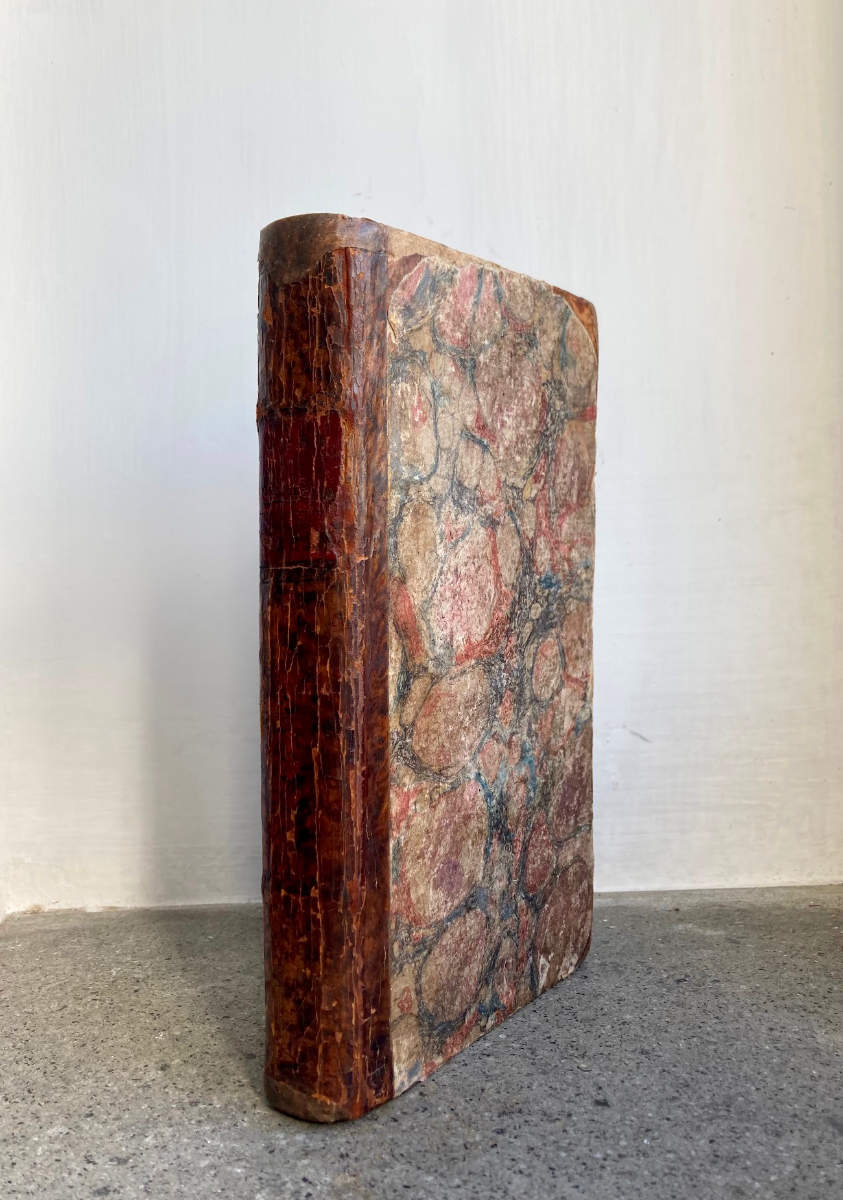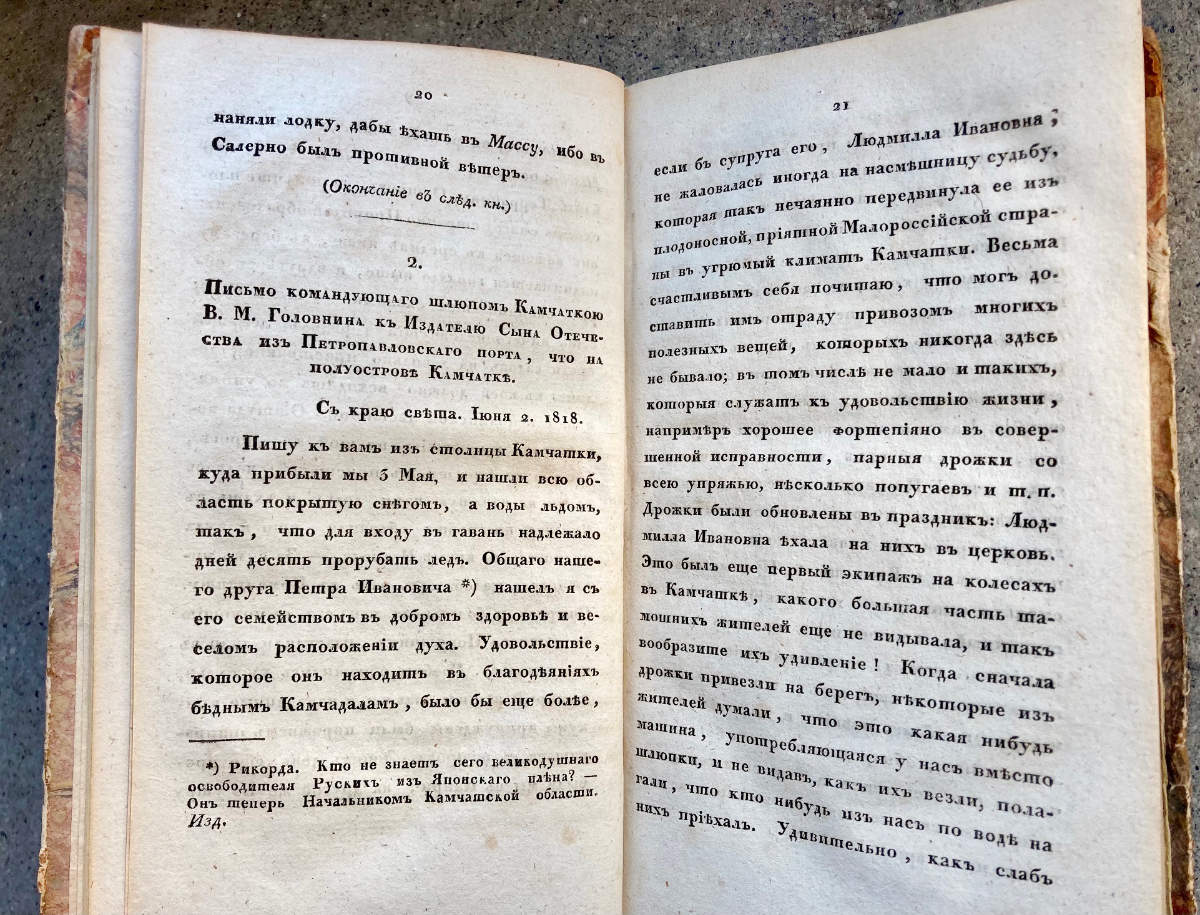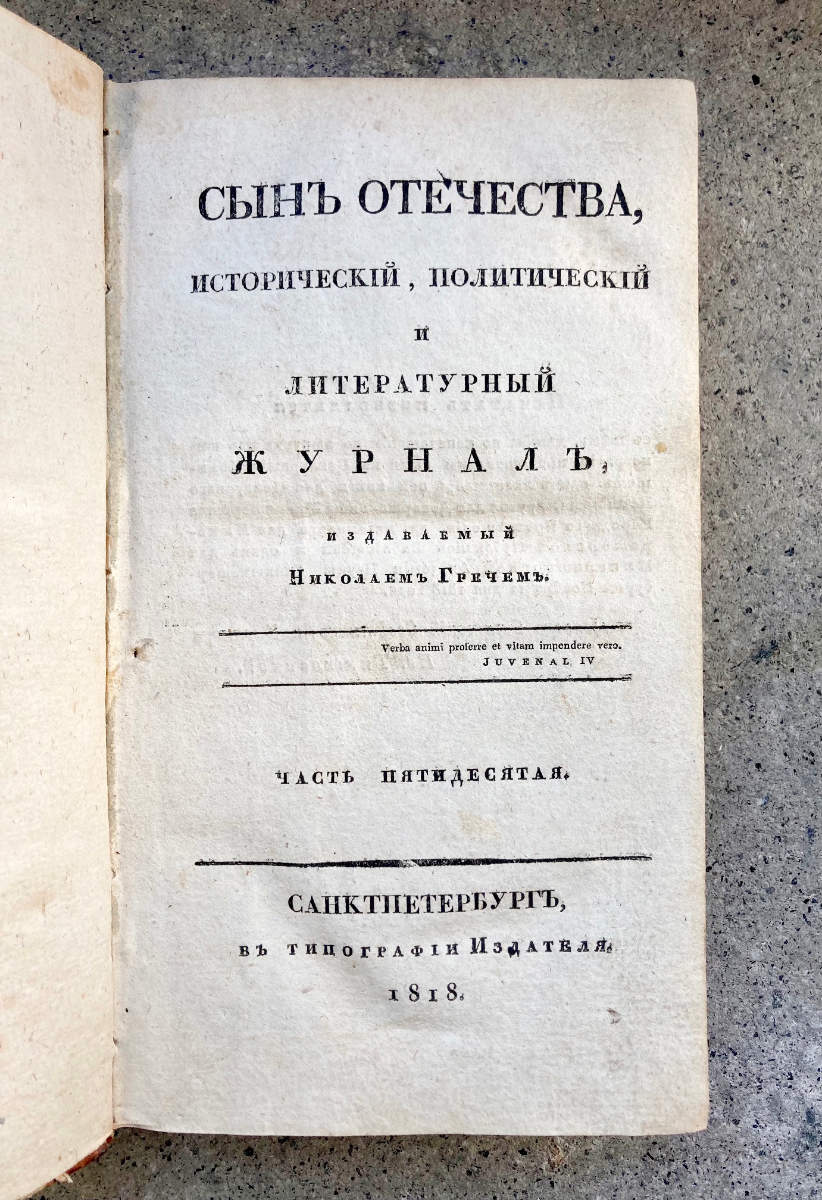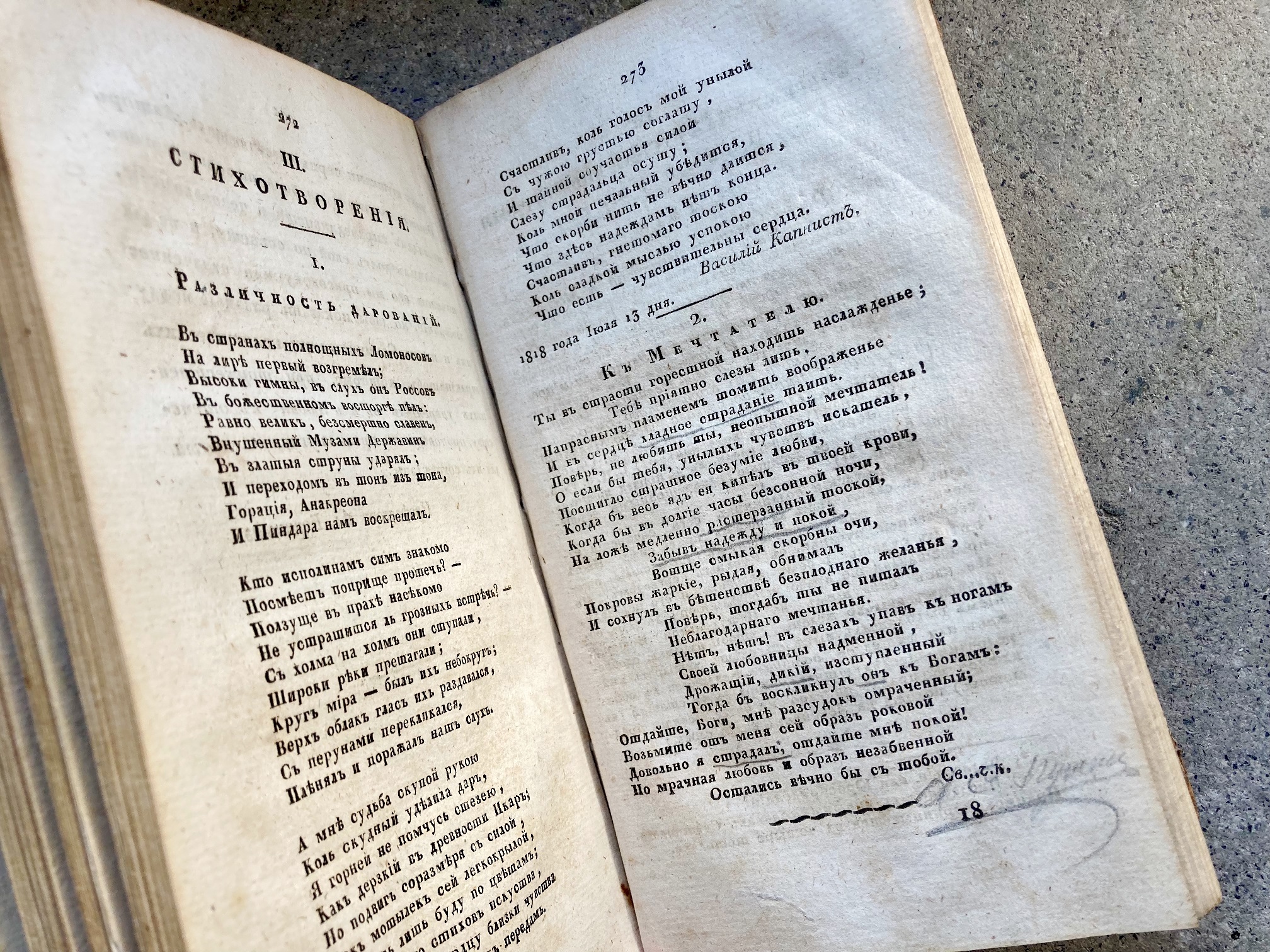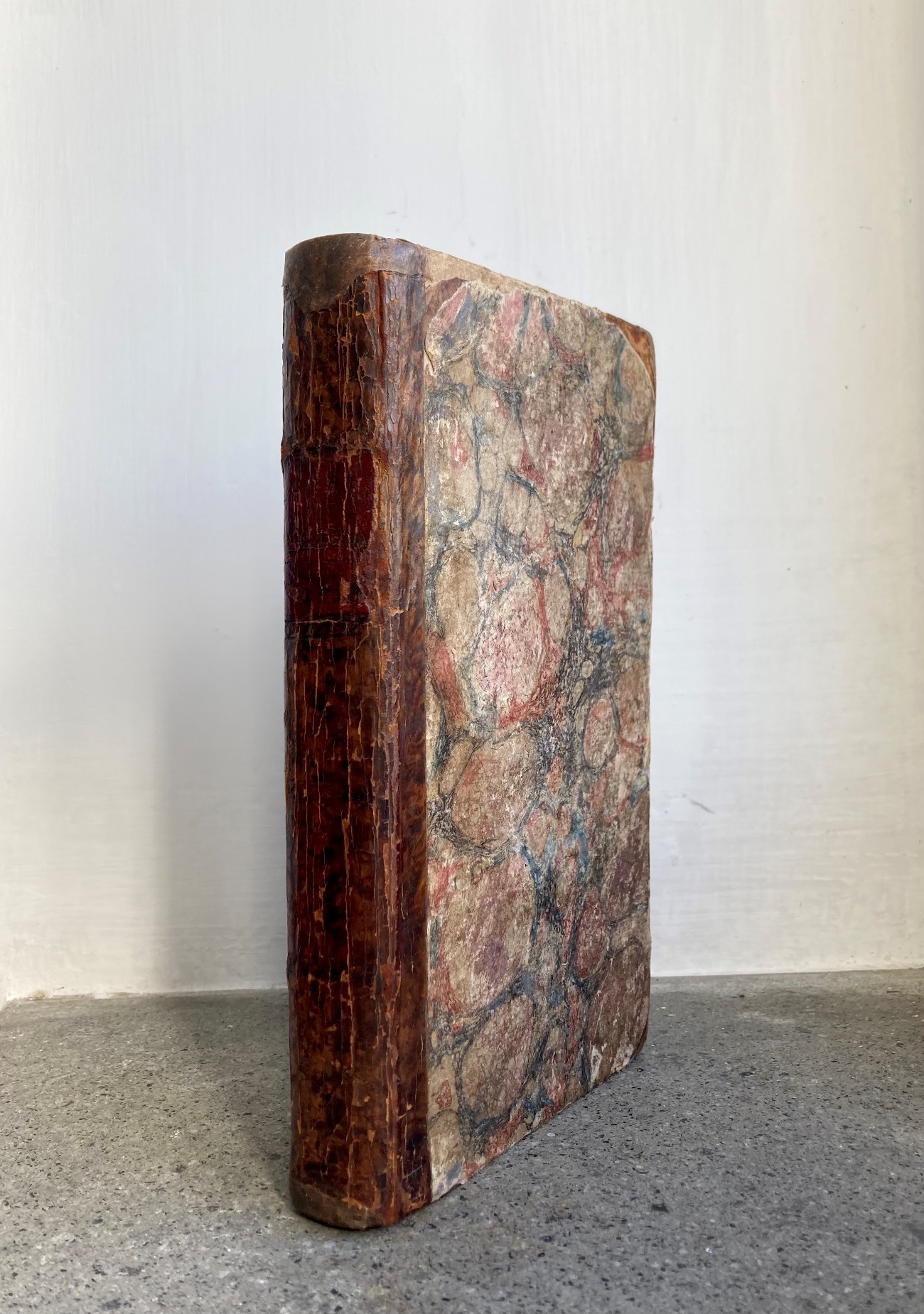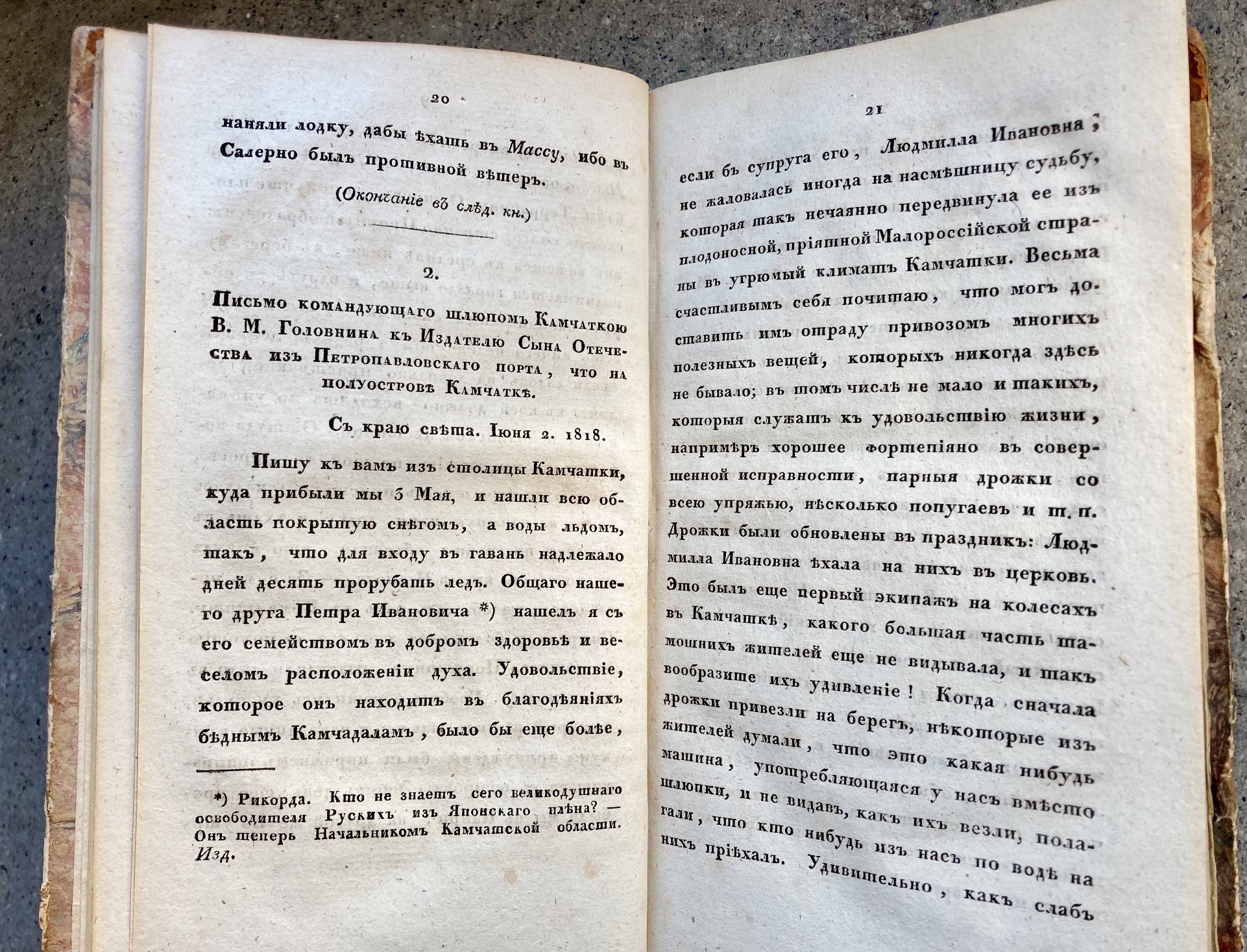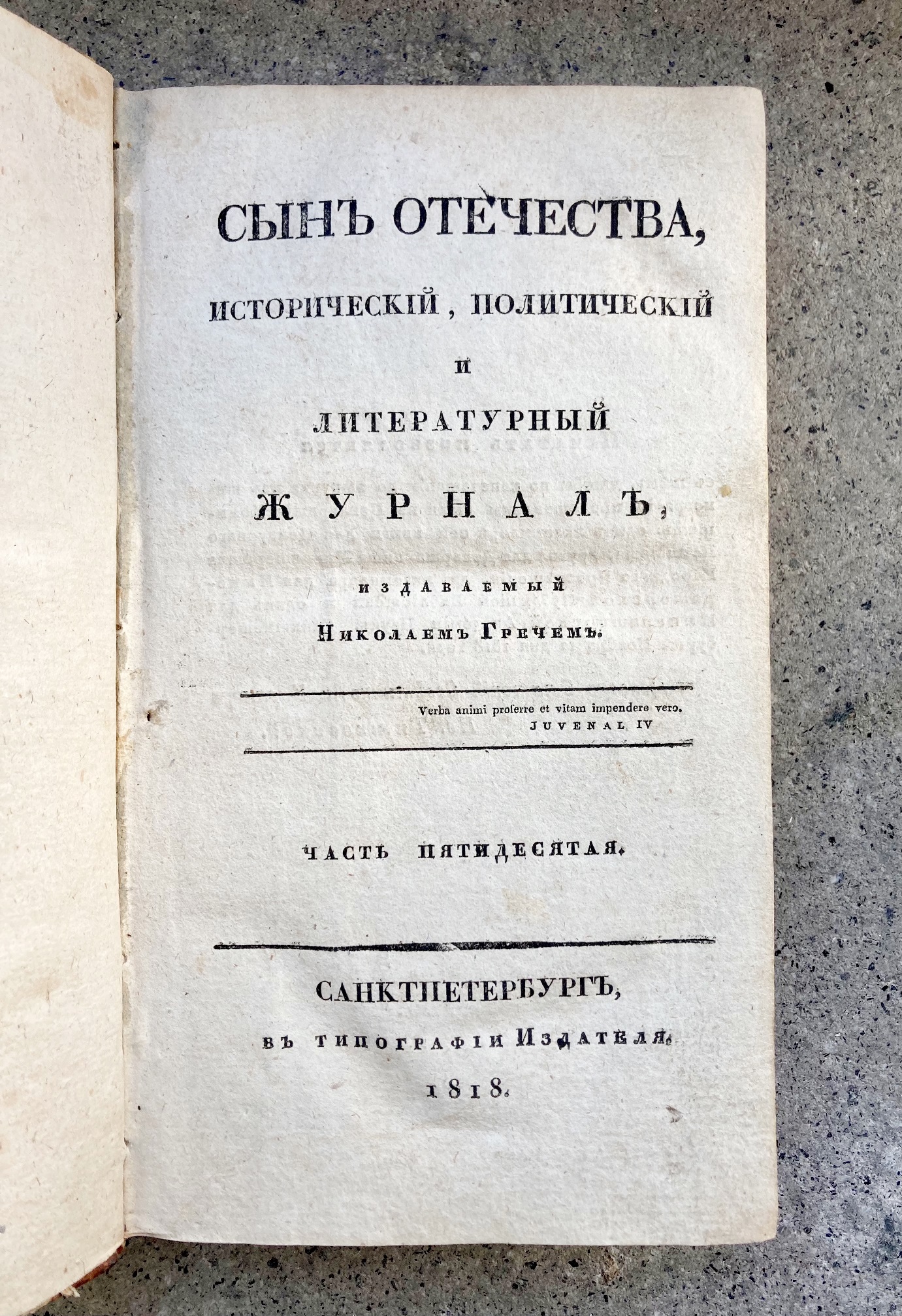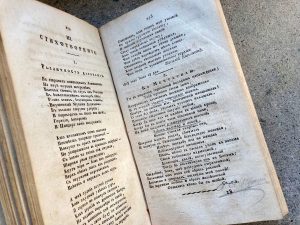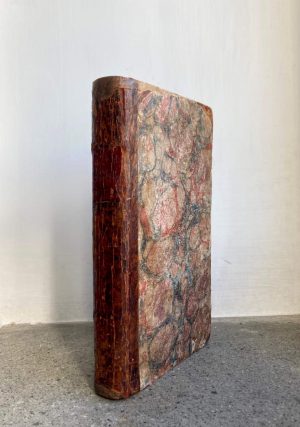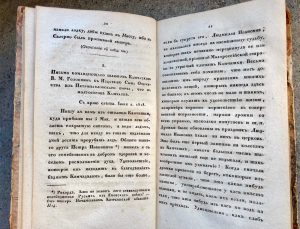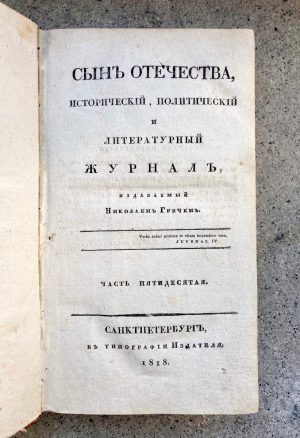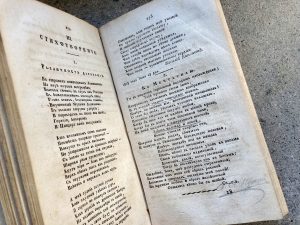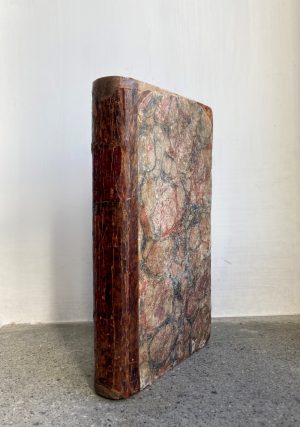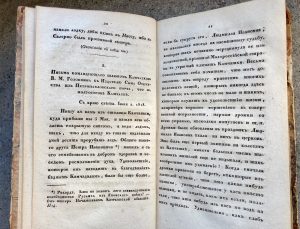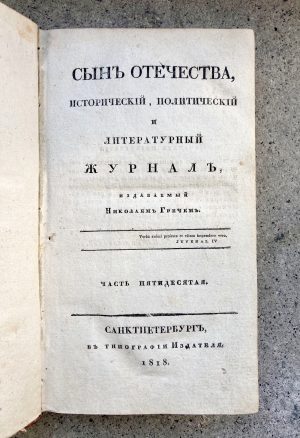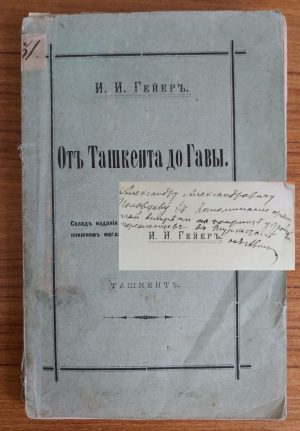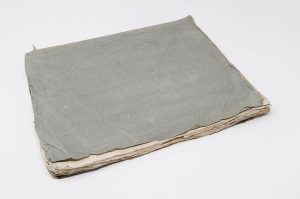Our Notes & References
A remarkable, very rich account of a travel to areas “almost completely closed to Europeans” (Vigasin): the first significant Russian publication on Central Asia, “the first geographic exploration of Uzbekistan” (Lebedev) with a detailed description of silk production, and most probably the first printed Russian-Persian vocabulary.
First edition, very rare: we could trace only two examples in Western libraries: the Yudin’s copy at the Library of Congress, and one in the Staatsbibliothek zu Berlin. Only one example traced at auction in Russia in the last decade.
Even though some Russians journeyed to Central Asia earlier in the 18th century, their notes remained unpublished until much later, usually until the mid-19th century when the strategical and geopolitical interest for the area increased. Efremov’s account is consequently the first book published in Russian concerning Central Asia: it opens the Asian chapters in both the thick catalogue of the renown bibliographer Berezin-Shiraev, and in Lebedev’s Soviet study of Russian geographical history.
It is all the more important that Europeans, already present in India, weren’t much daring cross the region: “Bukhara and Khiva are those parts of Asia that, since the time of Anthony Jenkinson’s journey in the seventeenth century, have been almost completely closed to Europeans. Maps of the late eighteenth century vividly illustrate the state of geographical knowledge: the area north of Kashmir, Chinese Turkestan and Central Asia, was virtually a blank slate. The route taken by F. Efremov was not only extremely difficult but politically impossible as it was forbidden for Westerners by the Chinese authorities” (Vasagin, our translation, like in all cases here).
The remarkable story of Filip Sergeevich Efremov (1750- after 1811) begins when, as a young sergeant, he was assigned to the Ural region in June 1774: barely a month later, his post was attacked by Pugachev’s celebrated revolting cossacks. Efremov was badly hit with a spear, lost his thumb and was captured. He managed to escape – only to be shortly after abducted by “Kyrgyz” raiders (possibly Kazakhs), who sold him to a nobleman in Bukhara. The next month, his owner gave Efremov as a gift to his father-in-law, a high-ranking Bukharian military official. In servitude, our young Russian learned the local language and managed to gradually obtain increasing leeway. He travelled for his master, went to Merv among other places, and was even rewarded with land and money for his participation in a military campaign against Khiva.
In 1780, Efremov bribed local authorities to obtain travel documents and took the opportunity of a mission to Khiva to escape the region. Under the guise of a merchant and then of a pilgrim to Mecca, he travelled through Central Asia and reached India. He managed there to join an English crew on a postal ship from Calcutta to Liverpool: a bit more than a year-long journey through Indira Point of Great Nicobar Island, South Africa, Saint Helena, and finally Ireland, Liverpool – and Russia, which Efremov reached in late August 1782. Upon his return, Catherine the Great promoted the Russian traveller to officer and appointed him an interpreter of Central Asian languages at the Ministry of Foreign Affairs. He was finally granted the status of nobleman and ended his career with the rank of court counsellor.
The book relates mostly Efremov’s observations on Central Asia and his land journey to India, spiking his narrative with striking personal stories – such as his imprisonment and tortures for his refusal to convert to Islam. Among other details on Bukhara’s region, he rigorously describes the local cuisine, women and their attires depending on their age and status, and the silk production in all its stages over almost ten pages — perhaps the first such detailed account in Russian. As he discusses the geographic location of Bukhara, he notes that there used to be “maximum 10 cm of snow in winter but after Christians came to this land starting from 1774, the level of snow could sometimes reach more than two meters”. He adds that the locals barely experienced cold and snow before Russians came and they “think that their land will soon belong to Russians”.
Interestingly, Efremov strongly promotes Russia’s expansion to Central Asia in several passages, 50 years or so before the “Great Game”: “it is up to Russia to assert its supreme dominion there” (quote from Maggs, 339).
Meeting fellow Russians in the area, Efremov remembers the disastrous Bekovich-Cherkasskii’s expedition to Khiva in 1714-17. Despite the common belief that Bekovich’s unit was completely destroyed, with only a few survivors who escaped, Efremov states that about 100 Russians remained in Bukhara after the defeat, being allowed to reside and later helping the khan fight foreign invaders.
Further on and after Samarkand, Efremov describes the bustling Uyghur city of Kashgar, an important market place on the Silk Road. He notes there unusual family traditions: “if a husband doesn’t like his wife, he can send her off and get married 3-4 days later; the wives can do likewise, and if a husband loves his wife but sees her cheating on him, he shouldn’t show his discontent so that she doesn’t divorce him” (pp. 118-119).
The chapters about Kashmir (“the place where they make the best fabric in the world”) and Tibet differ in style and content from the rest of the book: research has shown that Efremov, who rather travelled south of Tibet, has included here an adaptation of the 1783 Russian translation of a German article, published ten years earlier by Johann Friedrich Hackmann in Neue Nordische Beyträge.
In the following chapter on India, Efremov returns to his style and consigns his own observations about local culture and people.
The book ends with what is most probably the first Russian-Persian/Tajik printed vocabulary: a list of 625 “Bukhar” words in a sequence based on their topics (religion, people, body, military terms, nature, etc.). It appears that Efremov’s “Bukhar” is very close to nowadays Farsi and Tajik, integrating also some Hebrew and Chagatai (Turk), and that it is still spoken by some communities in Bukhara today. It derives mainly and without significant changes from Classical Persian, and was considered as a Farsi dialect until the 20th century. Interestingly, Efremov states that he knows “Bukhar, Persian and other Asian languages” (p. 55), differentiating the first two perhaps because Persian had several different variants. Vigasin highlights that Efremov reproduces the names exactly as they are pronounced locally in different regions, showing therefore the closest pronunciation of Bukhara 18th-c. colloquial speech.
The first Russian-Persian dictionary as a separate book appeared only in 1814.
Efremov’s work is also one of the earliest descriptions of actual captivity in Russian, while translations of foreign novels had begun to popularize similar fictional narratives (such as Robinson Crusoe in 1762-64 and Gulliver’s Travels in 1772-73). Although Efremov hadn’t received an extensive academic education, his style may have been inspired by such works and gives literary qualities to his account, especially thanks to the juxtaposition of a well-organized and engaging narrative with an accessible, sometimes even simple language.
This first edition appeared without Efremov’s permission, leading to a new edition in 1794, approved by the author. A third edition appeared in 1811, edited end extended with additional geographic facts by a professor at Kazan University. None of these editions had illustrations. The first English edited translation of Efremov’s book appeared only in 1950.
Bibliography
SK 2203; Sopikov 3766.
Berezin-Shiraev, Iakov. Sistematicheskii i Khronologicheskii katalog biblioteki bibliofila i bibliografa I.O.Berezina-Shiriaeva, S. Peterburg, 1900.
Lebedev, D. M. Ocherki po Istorii Geographii Rossii XVIII v. (1725-1800 gg). Moskva, Akademia nauk SSSR, 1957. Maggs, Barbara. “Imprisoned! Two Russian Narratives of Travel and Captivity in Asia in the Late Eighteenth and Early Nineteenth Centuries: Filipp Efremov in Central Asia and Vasilii Golovnin in Japan.” Canadian Slavonic Papers / Revue Canadienne Des Slavistes 52, no. 3/4 (2010), pp. 331–49.
Persian Dictionaries. //Encyclopedia Iranica. (online)
Vigasin, A.A. Puteshestvia po Vostoku v epokhu Ekateriny II. Moskva, Vostochnaia Literatura. 1995 (online)
Physical Description
Duodecimo (14.9 x 9.5 cm). 224 pp. incl title, [2] pp. table of content, and final blank leaf.
Binding
Twentieth-c. half black calf over pale green paper boards, decorative raised bands, top edge marbled, patterned endpapers.
Condition
Binding very lightly rubbed extremities, Soviet bookseller’s stamp and inscription in ink to lower flyleaf, traces of removed paper previously pasted to lower pastedown; occasional staining or soiling, handful of leaves at beginning with corners torn and anciently restored, incl. title, with loss of only three letters to first leaf of text, the rest without loss, title a bit darker and soiled, strengthened in gutter like A8, block overall in very good condition.


